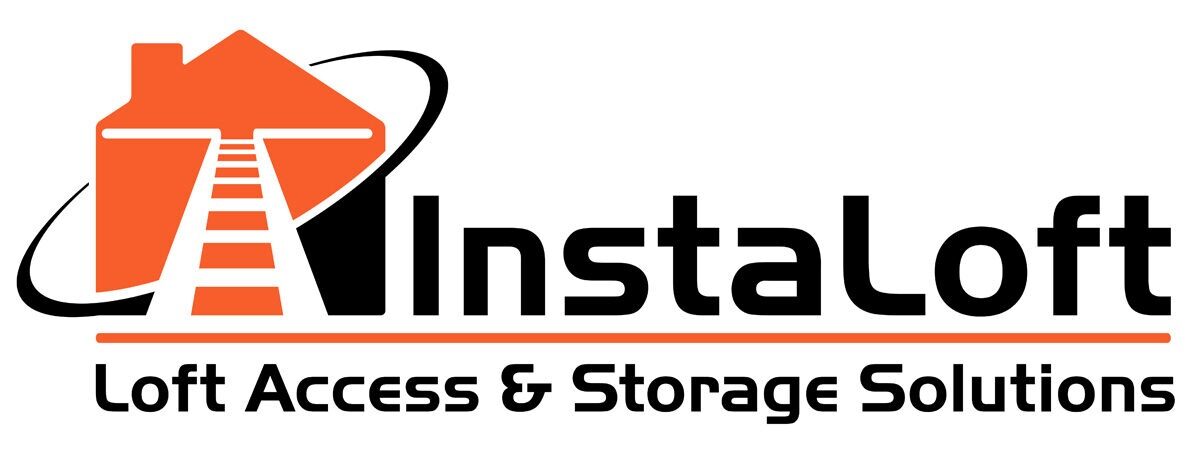At Instaloft, our loft insulation installers can provide a thermal barrier between your home and the outside extremes. This is an effective way to prevent heat loss and save money on your energy bill! But to get started you’ll want to know which type of insulation is the best?
We like to use Earthwool insulation in various depths to suit all needs as it is a cost-effective, eco-friendly option made using recycled materials, making it non-combustible. There is also no itchiness like traditional insulation but instead a super soft feel.
Earthwool is far from the only option however, there are many different types and depths of loft insulation to choose from:
Different types of loft insulation
Blanket Insulation
The most common form of loft insulation is blanket insulation, which comes in rolls of rock, glass or mineral fibre. It is generally the cheapest option and a good all-purpose insulation choice to use between the timber joists in the floor of a loft. It is easy to fit yourself without the need for professional help.
Sheet Insulation
Sheet insulation is firm boards of either synthetic or natural materials. Because of their firmness, they are the best solution for insulating the underside of your roof and give you the ability to cover in decorations from the inside. They offer a highly effective level of insulation but are an expensive option as a result.
Blown Insulation
As the name suggests, this type of insulation is blown into the hard-to-get places of the loft using a machine. This means it requires professional loft insulation installers to do and is an expensive option because of this. Blown loft insulation usually works well to supplement existing insulation and top up cavities that are part filled in.
Loose-fill Insulation
Loose-fill insulation is similar to blown and consists of a mixture of lightweight materials, including cork granules, cellulose fibre, mineral wool and sometimes recycled newspaper. You can use it both on its own or to supplement existing insulation. However, unlike blanket rolls or sheets, it isn’t very secure and can therefore be extremely messy.
Spray foam
This versatile liquid foam insulation expands on application to insulate your roof and loft to help retain heat and reduce energy costs. It can be applied to difficult to reach areas and provides additional soundproofing. Similar to the blown insulation, it will require specialist loft insulation installers to install and, therefore, more expensive. It can be considered unsightly, so you should first consider if you’ll be using the loft functionally before opting for this method.
As well as considering the type, it’s essential to know that the recommended depth for loft insulation for glass wool is 270 millimetres, 250 millimetres for rock wool or 220 millimetres for cellulose.
Which is the best type of insulation?
When looking at which type of insulation is the most effective, it’s good to understand that each type is built for a different purpose and usage. If you intend to use your loft regularly as a functional space, it would be best to choose a more aesthetically pleasing option that leaves less mess and can be decorated over. If pure heat retention is your goal, instead, go for one that more effectively prevents heat loss.
How to look after your insulation
Beyond the type of insulation, it’s vital to assess your current insulation to ensure it was both installed correctly and is still working effectively. You can do this easily by measuring the depth of your existing insulation to see if it is up to standards. If it was not, Instaloft has experienced loft insulation installers that can relay it free of charge in a specific way; one layer between your joists and another layer lengthways across the joists. This means that your loft insulation will be up to building regulation depth standards.
It’s important to invest in a raised loft boarding system specifically designed with your insulation in mind to get the most out of it. Loftzone’s innovative loft storage and access products raise the loft boarding up from the joists to ensure it is not compressed and can perform effectively. Doing this will make it last indefinitely, so you won’t have to change it every few years like traditional insulation.
We’ve been loft insulation installers for many years and have the experience to provide quality work that will leave you happy and warm. Email us at enquiries@instaloft.co.uk or call on 08000463955 to help transform your loft into a money-saving machine.
